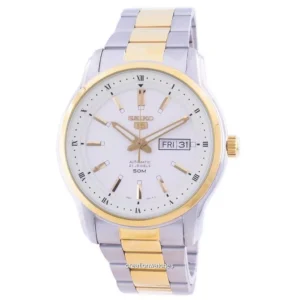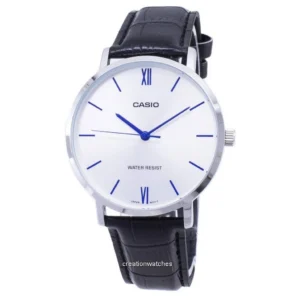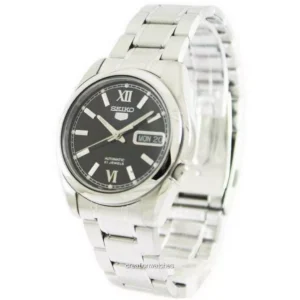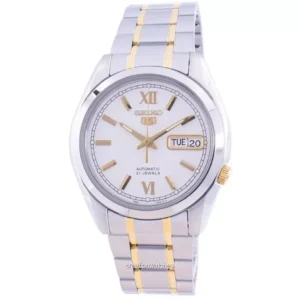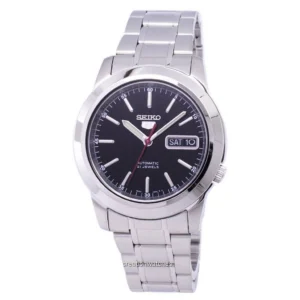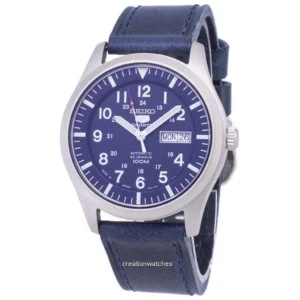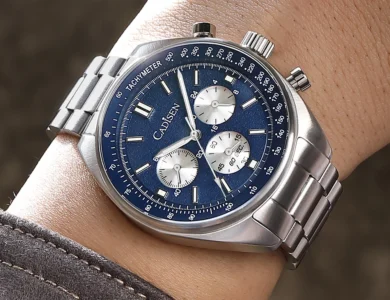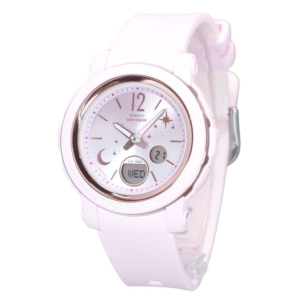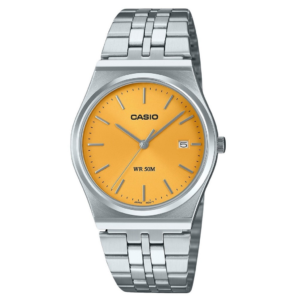Introduction
In this glossary, we’ll cover in detail how to adjust the dial of a stopwatch watch. This is a process that may seem complicated at first glance, but with the right instructions and a little practice, you’ll be able to master this skill. Let’s explore step by step how to perform this adjustment efficiently and accurately.
Step 1: Identifying the watch buttons
The first step to adjusting the dial of a stopwatch watch is to identify the buttons responsible for this function. Stopwatch watches usually have specific buttons to start, stop, and reset the stopwatch. These buttons may be located on the sides of the watch or on the dial itself. Be sure to read your watch's manual to correctly identify each button.
Step 2: Starting the timer setting
With the buttons identified, it's time to start setting the timer. Press the start button to activate the timer and begin counting. Observe the watch face and make sure the timer is working correctly. If necessary, adjust the start time of the timer to ensure accuracy.
Step 3: Stopping the timer
To stop the stopwatch, press the stop button. This will stop the timing and the watch face will stop recording the elapsed time. Check that the stopwatch has stopped at the desired time and make any necessary adjustments if necessary.
Step 4: Resetting the timer
To reset the stopwatch and restart timing, press the reset button. This will return the watch face to zero and be ready to start a new countdown. Make sure the stopwatch is reset before starting a new time recording.
Step 5: Adjusting the timer settings
Some stopwatch watches have additional settings that allow you to customize how the stopwatch works. These settings may include choosing the time display format, adding audible or visual alarms, and more. Consult your watch's manual to learn how to adjust these settings.
Step 6: Practicing Setting the Timer
Practice is key to mastering how to set your watch’s timer. Take some time to practice the different functions of the timer, such as starting, stopping, resetting, and adjusting the settings. The more you practice, the more familiar you will become with how your watch works and the easier it will be to adjust the timer when needed.
Step 7: Keeping the timer always set
It is important to keep your watch's timer set and accurate. Check your timer regularly to make sure it is working properly and make any necessary adjustments. An accurate timer is essential for activities that require precise timing, such as racing, sports training and competitions.
Step 8: Consulting a professional
If you are having difficulty setting your watch's timer or if the timer is not working properly, do not hesitate to consult a watch professional. A qualified watchmaker will be able to diagnose and correct any problems with your watch's timer, ensuring that it functions properly.
Conclusion
In short, adjusting the dial of a stopwatch watch may seem challenging at first, but with practice and the right knowledge, you will be able to master this skill. Follow the steps outlined in this glossary and don’t hesitate to seek professional help if necessary. Over time, adjusting the stopwatch on your watch will become a simple and routine task.

